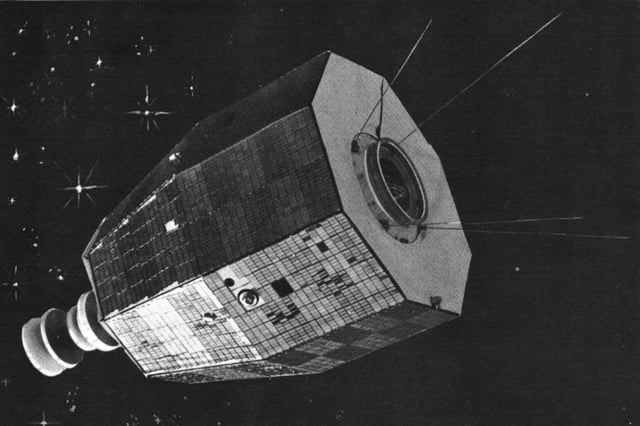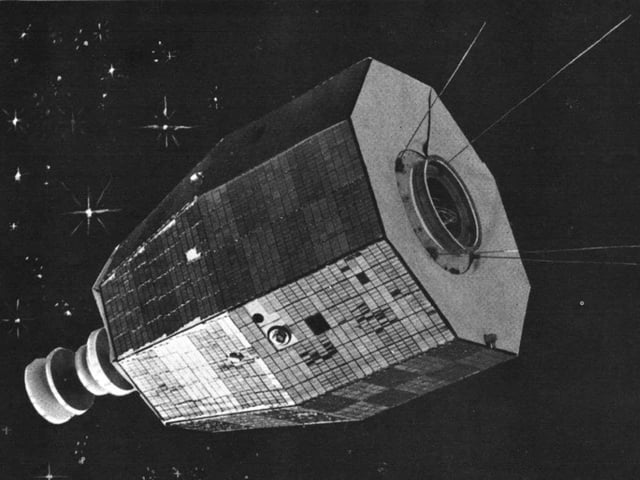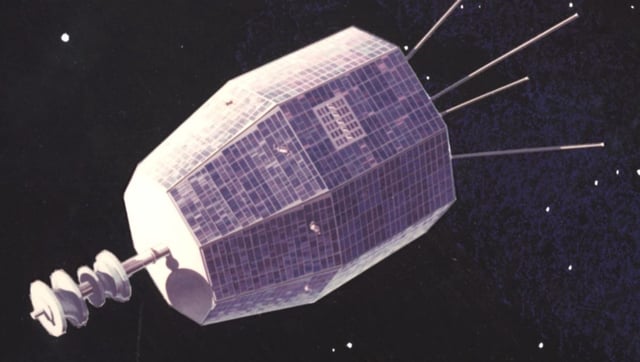Overview
- On June 13, 2024, the Australian Square Kilometre Array Pathfinder detected a strong emission while scanning for fast radio bursts.
- The burst far outshone other sky sources despite lasting under 30 nanoseconds and coming from within 20,000 kilometers of Earth.
- Positional analysis linked the signal to Relay 2, which NASA launched in 1964 and which ceased operation in 1967.
- Researchers suggest the pulse arose from either an electrostatic discharge on the satellite’s surface or a micrometeorite strike generating charged plasma.
- Studying such transient events could improve spacecraft protection against discharges and refine radio astronomy calibration techniques.



